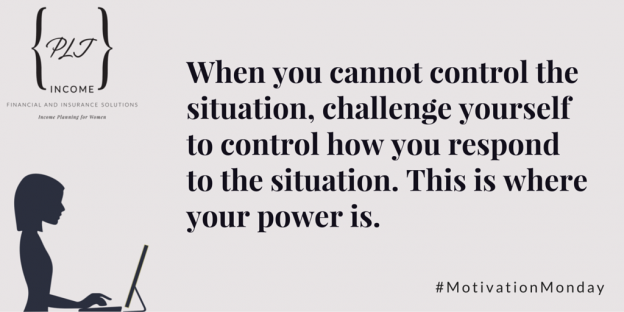If you’re a penny pincher but your spouse is penny wise and pound foolish, money arguments may frequently erupt. Couples who have opposite philosophies regarding saving and spending often have trouble finding common ground. Thinking of yourselves as two sides of the same coin may help you appreciate your financial differences.

Heads or tails, saver or spender
If you’re a saver, you love having money in the bank, investing in your future, and saving for a rainy day. You probably hate credit card debt and spend money cautiously. Your spender spouse may seem impulsive, prompting you to think, “Don’t you care about our future?” But you may come across as controlling or miserly to your spouse who thinks, “Just for once, can’t you loosen up? We really need some things!”
Such different outlooks can lead to mistrust and resentment. But are your characterizations fair? Your money habits may have a lot to do with how you were raised and your personal experience. Being a saver or a spender may come naturally; instead of assigning blame, try to see your spouse’s side.
Start by discussing your common values. What do you want to accomplish together? Recognize that spenders may be more focused on short-term goals, while savers may be more focused on long-term goals. Ultimately, whether you’re saving for a vacation, a car, college, or retirement, your money will be spent on something. It’s simply a matter of deciding together when and how to spend it.
A penny for your thoughts?
Sometimes couples avoid talking about money because they are afraid to argue. But talking about money may actually help you and your spouse avoid conflict. Scheduling regular money meetings could help you gain a better understanding of your finances and provide a forum for handling disagreements.
To help ensure a productive discussion, establish some ground rules. For example, you might set a time limit, insist that both of you come prepared, and take a break in the event the discussion becomes heated. Communication and compromise are key. Don’t assume you know what your spouse is thinking–ask–and be willing to negotiate. Here are some questions to get started.
- What does money represent to you? Security? Freedom? The opportunity to help others
- What are your short-term and long-term savings goals?
- How much money is coming in and how much is going out? Never assume that your spouse knows as much about your finances as you do.
- How comfortable are you with debt, including mortgage debt, credit card debt, and loans?
Who should you spend money on? Do you agree on how much to give to your children or how much to spend on gifts to family members and friends, for example? - What rules would you like to apply to purchases? One option is to set a limit on how much one spouse can spend on an item without consulting the other.
- Would you like to set aside some discretionary money for each of you? Then you would be free to save or spend those dollars without having to justify your decision.
Once you’ve explored these topics, you can create a concrete budget or spending plan that reflects your financial personalities. To satisfy you and your spouse, make savings an “expense” and allow some room in the budget for unexpected expenses. And track your progress. Having regular meetings to go over your finances will enable you to celebrate your financial successes or identify areas where you need to improve. Be willing to make adjustments if necessary.
Finally, recognize that getting on the same page is going to take some work. When you got married, you promised to love your spouse for richer or poorer. Maybe it’s time to put your money where your mouth is.
Important Disclosure











